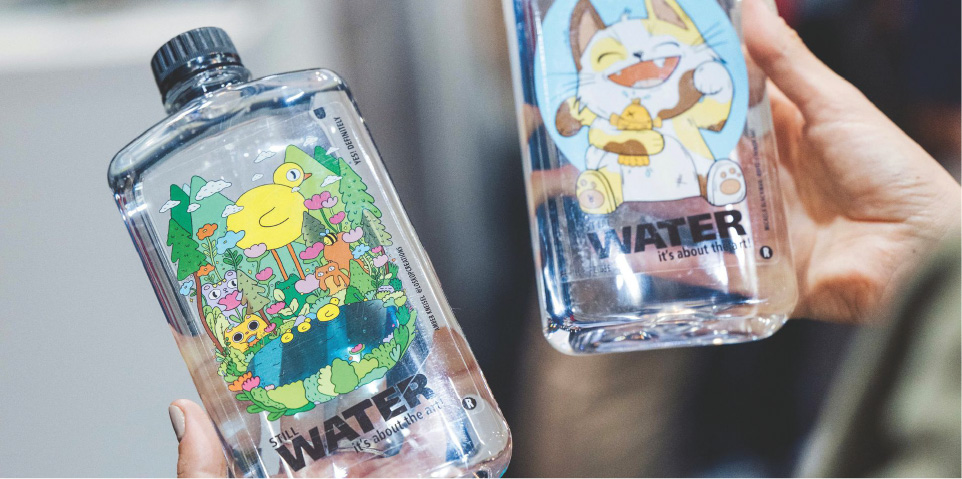 The consolidation of flexographic printing, the vibrancy of digital printing, increasingly advanced hybrid systems, all-in-one solutions, and cutting-edge print enhancement technologies, along with a strong push toward mid-web formats and a particular focus on RFID, are the key trends that have emerged in the labelling sector in recent months.
The consolidation of flexographic printing, the vibrancy of digital printing, increasingly advanced hybrid systems, all-in-one solutions, and cutting-edge print enhancement technologies, along with a strong push toward mid-web formats and a particular focus on RFID, are the key trends that have emerged in the labelling sector in recent months.
The year 2024 sees a major return of flexography, both as stand-alone machines and in hybrid configurations with inkjet. A key trend is mid-web flexography, which allows larger-format packaging products, including flexible packaging, in-mould labels and shrink sleeves, to be printed two or more at the same time on the same reel, boosting efficiency and reducing waste. Today, some converters are also using mid-web machines to print multiple rolls of self-adhesive roll-to-roll labels at the same time and then cut and finish them off-line. Also, wrap-around labels can be produced more efficiently and in higher volumes using mid-web machines: a format that allows label suppliers to enter new market segments or to be more efficient in markets where they already operate.
Flexo presses and finishing equipment can acquire hybrid capabilities by adding a print bar across the full width of the press, capable of applying variable spot varnishes, tactile finishes, opaque white, spot colours or cold foils.
Hybrid flexo-digital presses are another key feature. Flexo presses and finishing equipment can acquire hybrid capabilities by adding a print bar across the full width of the press, capable of applying variable spot varnishes, tactile finishes, opaque white, spot colours or cold foils. Similarly, flexographic printing machines are incorporating digital print heads, while digital printing machines are integrating flexographic printing equipment.
Technological innovations in the field of inkjet printing are also on the rise, allowing for a superior matt finish previously unattainable with digital inkjet printing. This will be an interesting change, allowing the potential of inkjet in the wine & spirits label market to be exploited for the first time. The glossy finish typically achieved with digital inkjet technology has been one of the main barriers to the adoption of this type of printing in the label and packaging sectors, particularly in the higher quality segments such as wine and spirit bottle label printing, where brands traditionally expect a sophisticated matt finish. Until now, such a finish could only be achieved by conventional printing or the addition of enhancement equipment that allowed the use of matt varnishes, an operation that is more complex and costly and lengthens production times.
www.print4all.it





























































































